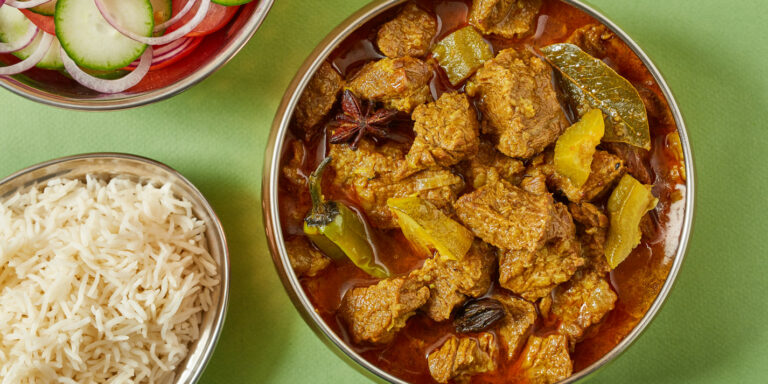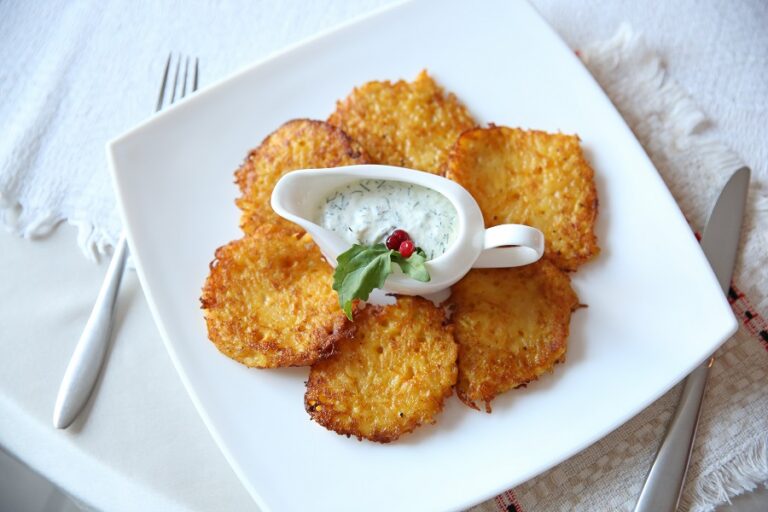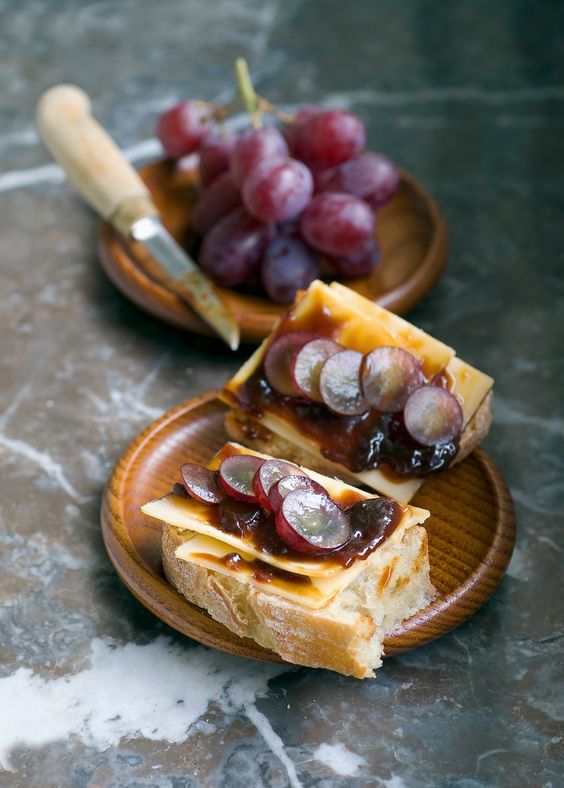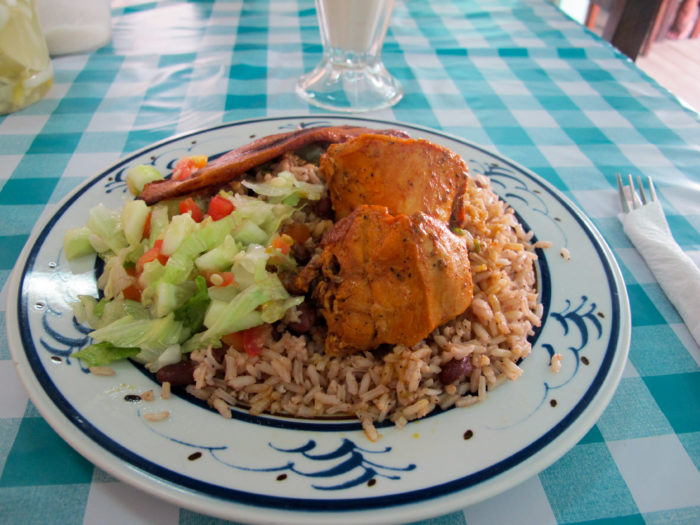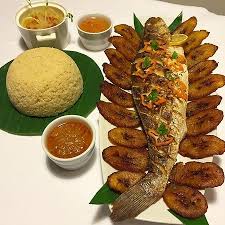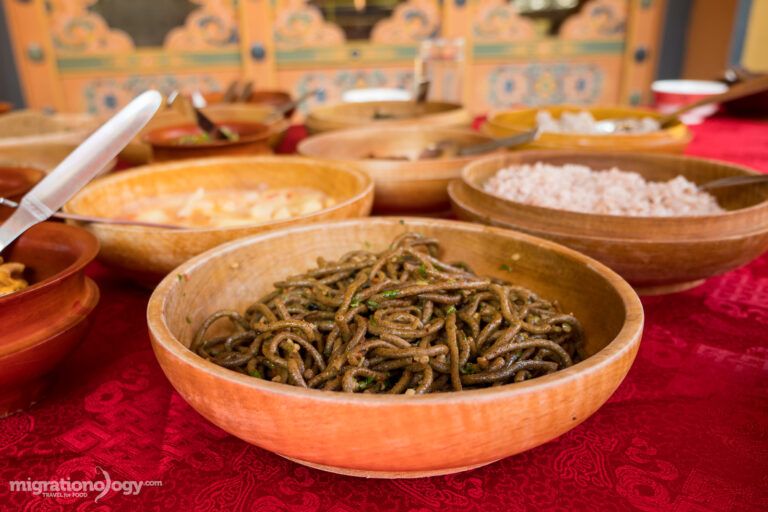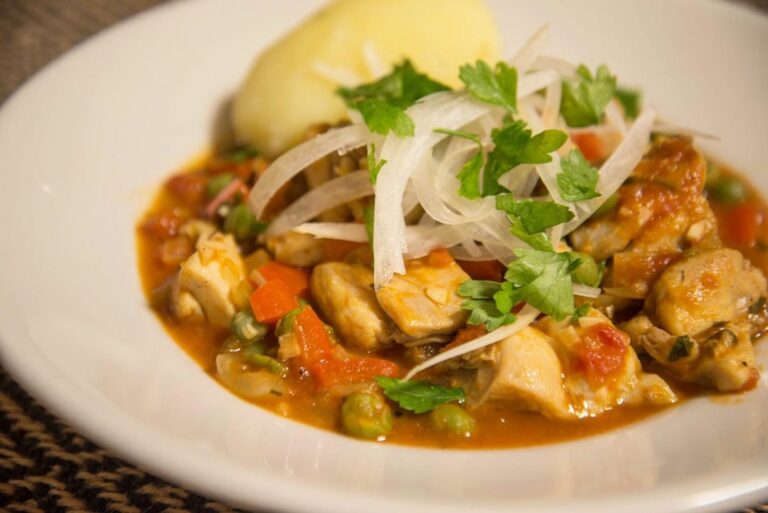Asparagus casserole is a classic in the asparagus season. You can prepare the delicious dish both vegetarian and vegan – in both cases it is very easy and quick.
Asparagus is usually in season in Germany from mid-April. You can get some varieties from regional cultivation as early as March – but these often have a bad climate balance. Because in order to let asparagus ripen so early, fields are often heated. You can find more information here: Asparagus season: Beginning and end of the asparagus season in Germany.
We will show you a simple recipe for asparagus casserole with a vegan version.
Simple asparagus casserole: the ingredients

You can enrich this basic recipe for asparagus casserole with other seasonal vegetables as you wish. Here you will find a vegetarian version that consists of a combination of potatoes and asparagus.
For a casserole dish you will need:
- 500 grams of potatoes
- 700 g white asparagus
- two sprigs of parsley or chives
- 3 organic eggs
- 200 g (vegan) cream
- salt, pepper, nutmeg
- optional: 100 g grated (vegan) cheese for gratinating
Vegan alternative: If you want the casserole to be vegan, you have to leave out the eggs and cream. In this case, you can make a sauce from oat cream and some vegetable broth, for example. You can gratinate the casserole with vegan cheese or yeast melt.
Prepare asparagus casserole in just a few steps

The asparagus casserole takes about 25 to 30 minutes in the oven. Including preparation, you should definitely plan an hour.
Peel the potatoes and boil them in salted water for 15 minutes.
Let cool, then cut into bite-sized cubes or pieces.
Peel the asparagus, remove the woody ends and cut into bite-sized pieces. Boil it in water for about fifteen minutes.
Wash and chop the parsley. Mix them together with the cooked potatoes and cooked asparagus in a bowl. Pour everything into a casserole dish.
Now mix the eggs with the cream and season with salt, pepper and a little nutmeg. Pour the egg and cream mixture over the vegetables
Bake the casserole at 165 degrees Celsius for 25 to 30 minutes. You don’t need to preheat the oven. When the asparagus casserole starts to brown slightly on top, you can remove it.

Tip: If you don’t like potatoes in the casserole, you can simply leave them out. Instead, you use about twice the amount of asparagus.



